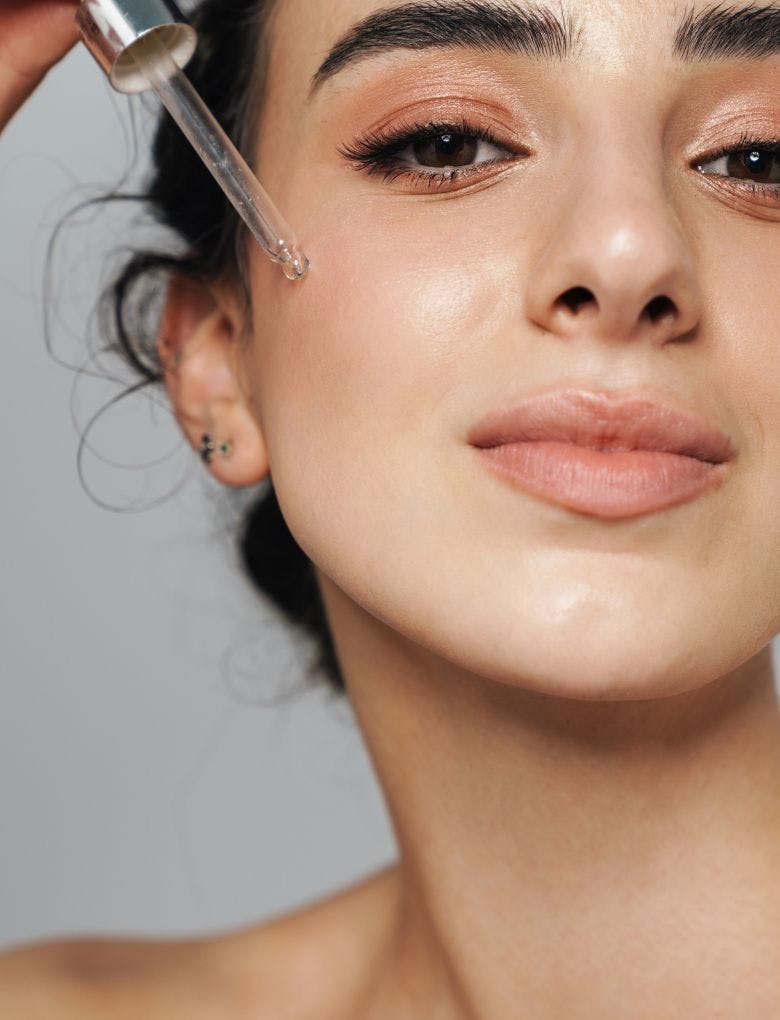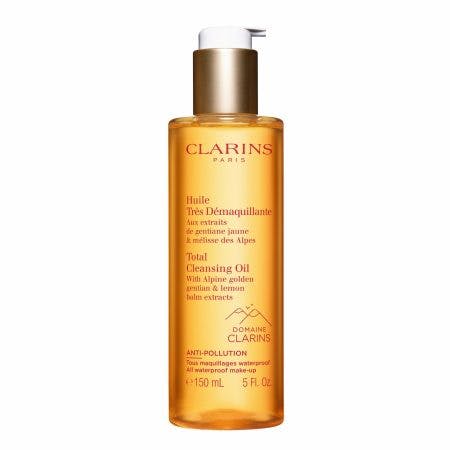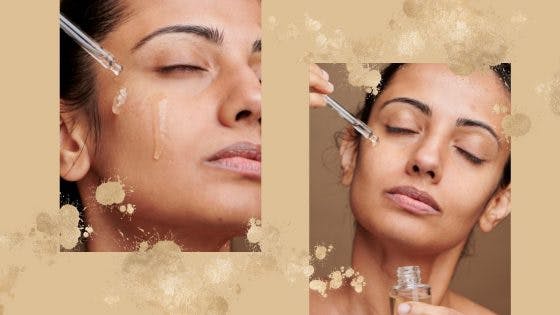Everything You Need to Know About the Oil Cleansing Method
5 minutes read
You’d be hard-pressed to find a skincare lover who didn’t have a nourishing, hydrating oil in their beauty cabinet, but what about oil cleansing? Removing make-up, sweat, dirt and sunscreen at the end of the day can be a cathartic process, but some worry that cleansing with oil will be counterintuitive. After all, isn’t oil what we’re ultimately trying to eliminate? Well, despite what the name suggests, a facial cleansing oil won’t leave you greasy and shiny; quite the opposite ensuring a soft clean finish plus all the nourishing benefits that a good oil can bring to your regime. So, cleansing oils; welcome to the spotlight.
How does cleansing oil work?
Oils make fantastic cleansers because of one of their brilliant properties; their ability to bond with oil on your skin. Essentially, ‘like dissolves like’, meaning a cleansing oil will remove any oil on the skin, taking along with it waterproof make-up, stubborn sunscreen and any dirt and sweat that has accumulated during the day. It’ll also clear out anything lingering in your pores too. There’s no need to scrub or vigorously rub so you won’t irritate your complexion. And even though they’re not on your face for very long, many contain a bonus moisturising ingredient to hydrate further and soothe. Plus, the oil itself acts as a barrier to protect your skin, leaving it balanced and hydration locked in. Add in inflammation protection, antioxidant and anti-ageing properties, and wound healing, naming just a few of the lovely benefits oils bring to the skincare table.

Benefits of cleansing oil
The difference between oil cleansers and the traditional cleansers you’re probably more familiar with is that the latter can strip skin too harshly. Doing so can cause excessive dryness, and your skin ramps up its oil production post-wash to compensate for any moisture loss. In addition, they remove all bacteria in their wake – bad and good (yes, there is such a thing as good bacteria.) Oil cleansers will leave good bacteria and microbes behind; this is important as research has shown that certain bacteria on the surface of your skin can help fight against acne and infections. And in fact, one study has shown that a cleansing oil reigns supreme over other types of cleansing when it comes to removing sunscreen (which, we’re sure we don’t need to remind you, you should be wearing every single day.)
Does oil cleansing clog pores?
When some people think of oils, they immediately summon to mind greasy slops and claggy, heavy products – and what feels like the pore’s worst enemy. Especially for those with naturally oily complexions, adding oil on top might seem counterintuitive. But reaching for harsh cleansers that strip the face of all oil is an invitation for irritated, dry skin that, you guessed it, will still produce oil. If you have an oily complexion and are worried about adding oil into your routine, steer towards cleansing oils that contain linoleic acid. (If you’re on the other end of the spectrum with dry skin, you should be looking out for oleic acid.) If you have acne-prone skin, non-comedogenic products are your friends, which means they’re less likely to clog your pores.
How to do oil cleansing
Oil cleansers are best used once a day and come into their own in the evening when a face full of make-up, pollution, sweat etc. means they can properly get to work.
Stay dry
Cleansing oils work best on a dry face, so skip the first traditional step and apply the product directly onto your face; no water is necessary (yet.) This will give the cleansing oil a better grip on make-up and the accumulated dirt on your skin.
Gently massage in
Take one pump of cleansing oil (less is more when it comes to oil) and gently massage it into the skin using circular motions. Be extra careful around the eye area, where the skin is more sensitive and fragile.
Don’t rush
Oil cleansers should be thoroughly massaged in as you need to ensure you’ve scooped up all the nasties lurking on your complexion (plus make the most of the nourishing benefits of the oil), so take 2-3 minutes to fully work the product into your face.
Emulsify
Now it’s time to add water to the equation; in doing so, the oil will become emulsified and create a milky consistency. Next, dampen a soft muslin cloth or re-usable cotton pad and work it around your face to sweep away dirt. Oils shouldn’t be applied directly onto eye make-up; if you need a little extra cleansing action there, add some oil cleanser to a cotton pad.
Double cleanse
An optional second step for those with oilier complexions, or those who feel the need for a thorough deep clean at the end of the day. Look to Korean skincare, which starts the evening routine with an oil-based cleanser, followed by a water-based cleanser to remove anything lingering on the skin.
Some people prefer to use Micellar water for the first stage of their cleansing routine. While effective, they are more suited to those who wear light make-up as they are very lightweight and don’t have the deep cleansing properties of cleansing oil.
Read next: The Benefits Of The Double Cleanse

Try: Total Cleansing Oil
Finding a facial cleansing oil
When selecting a cleansing oil, it’s essential that the product you choose is high quality, as this will ensure you get the maximum benefit from it. And, of course, different skin types should look for different ingredients. Those with dry skin should pick facial cleansing oils containing sunflower seed oil, coconut oil (anti-inflammatory and healing properties) and argan oil (which restores barrier function.) Sensitive skin should steer clear of castor oil, which can be aggravating. Opt for jojoba or soothing rose-hip oil instead. Those with oily or acne-prone skin should befriend argan oil which can help regulate the production of sebum, or marula oil which is naturally lightweight and non-greasy.
Sign up for our newsletter
We will keep you in the loop for special offers, exclusive gifts and product news.
Products You Might Like
BEST-SELLER
BEST-SELLER

